My question is very similar to this one: How do I map an OData query against a DTO to an EF entity? I have a simple setup to test the ASP.NET Web API OData V4 $filter functionality. What I would like to do is to “alias” some properties of the ProductDTO to match the properties of Product entity. The user will call the ProductsController for example with the following request:
GET products?$filter=DisplayName eq ‘test’
The Product class:
public class Product
{
public int Id { get; set; }
public string Name { get; set; }
public int Level { get; set; }
public Product()
{ }
}
The ProductDTO class:
public class ProductDTO
{
public int Id { get; set; }
public string DisplayName { get; set; }
public int DisplayLevel { get; set; }
public ProductDTO(Product product)
{
this.DisplayName = product.Name;
this.DisplayLevel = product.Level;
}
}
The ProductsController:
public class ProductsController : ApiController
{
public IEnumerable<ProductDTO> Get(ODataQueryOptions<Product> q)
{
IQueryable<Product> products = this._products.AsQueryable();
if (q.Filter != null) products = q.Filter.ApplyTo(this._products.AsQueryable(), new ODataQuerySettings()) as IQueryable<Product>;
return products.Select(p => new ProductDTO(p));
}
}
Of course I’m getting the following exception:
Could not find a property named 'DisplayName' on type 'TestAPI.Models.Product'
I tried to use the newly introduced aliasing feature by adding the following lines to the WebApiConfig.cs
public static class WebApiConfig
{
public static void Register(HttpConfiguration config)
{
…
IEdmModel model = GetModel();
config.MapODataServiceRoute("*", "*", model);
}
private static IEdmModel GetModel()
{
ODataModelBuilder builder = new ODataConventionModelBuilder();
EntitySetConfiguration<Product> products = builder.EntitySet<Product>("Product");
products.EntityType.Property(p => p.Name).Name = "DisplayName";
products.EntityType.Property(p => p.Level).Name = "DisplayLevel";
return builder.GetEdmModel();
}
}
I suppose that I'm using the aliasing feature incorrectly, because the same exception as described above is thrown. If I invoke the following request it works, but this is not what I'm trying to achieve:
GET products?$filter=Name eq ‘test’
Update:
I agree with gdoron, the Get endpoint should look like this:
public IEnumerable<ProductDTO> Get(ODataQueryOptions<ProductDTO> q)
But this should be solvable without AutoMapper?
